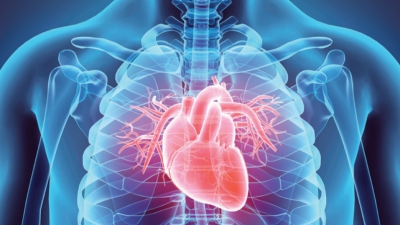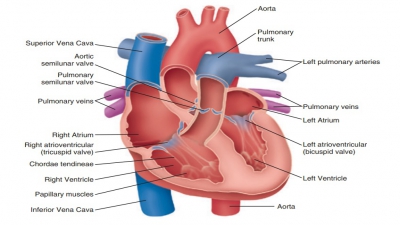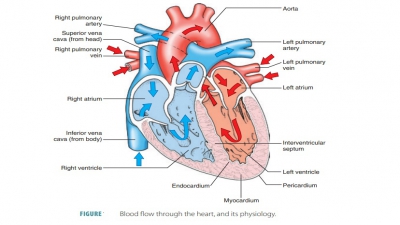Diagnostic Blood Tests
| Home | | Anatomy and Physiology | | Anatomy and Physiology Health Education (APHE) |Chapter: Anatomy and Physiology for Health Professionals: Blood
Fresh whole blood for laboratory testing is usually collected from a superficial vein, to check the efficiency of gas exchange.
Diagnostic
Blood Tests
Fresh whole blood for laboratory testing is usually
collected from a superficial vein, to check the efficiency of gas exchange. It
may be necessary to collect a blood sample from an artery. Various changes in
the blood can reveal many different health conditions. The presence of leukocytosis signifies infections. When
infections are severe, the hematocrit will have a buffy coat that is larger
than normal. Diabetics regularly test their own blood to control their blood
sugar levels and make smart dietary choices. Lipidemia causes the blood to have
a yellowish tint, whereas anemia causes the blood to appear pale, with a low
hematocrit. The size and shape of erythrocytes under the microscope may
indicate pernicious or iron-deficiency anemias.
An effective diagnostic testing method is the differential WBC count. This test
determines rela-tive proportions of various types of leukocytes. For example,
if eosinophils are high, the patient may have significant allergies or even a
parasitic infection. The state of a person’s hemostasis can be gauged via the prothrombin time test, which determines
the abil-ity of normal clotting to occur. If thrombocytopenia is suspected, the platelet count is taken. If platelet
counts exceed 1 million per microliter, thrombocyto-sis
is present. For routine physical examinations andbefore hospitalization, a complete blood count (CBC) and a computerized
sequential multiple analysis test
(SMAC) are performed. The CBC includes counts of the formed elements,
hematocrit, hemoglobin con-tent, and RBC size. The second test, also known as the SMAC, chemistrypanel, and comprehensive met-abolic panel, measures
electrolytes, glucose, and var-ious markers that signify kidney and liver
conditions. Together, the CBC and SMAC give an accurate and comprehensive view
of a person’s overall health.
Related Topics



